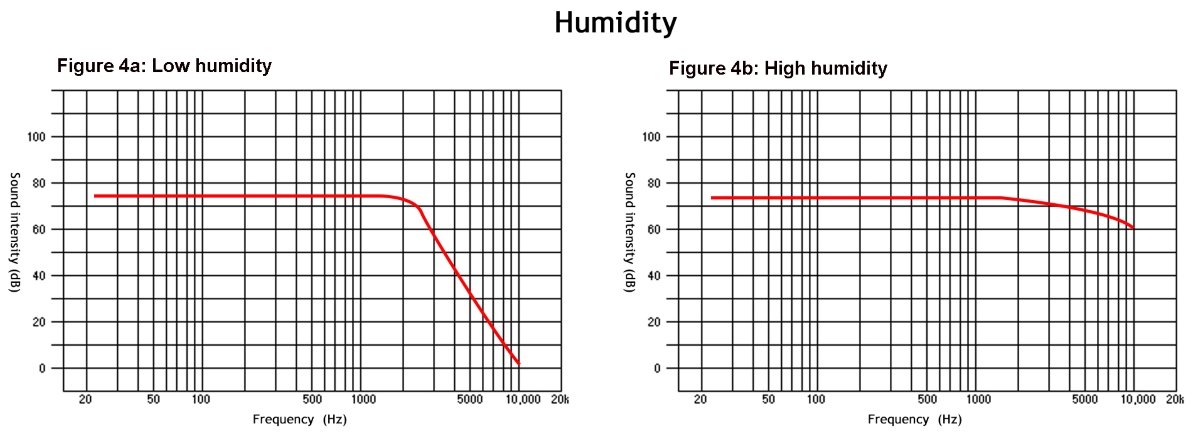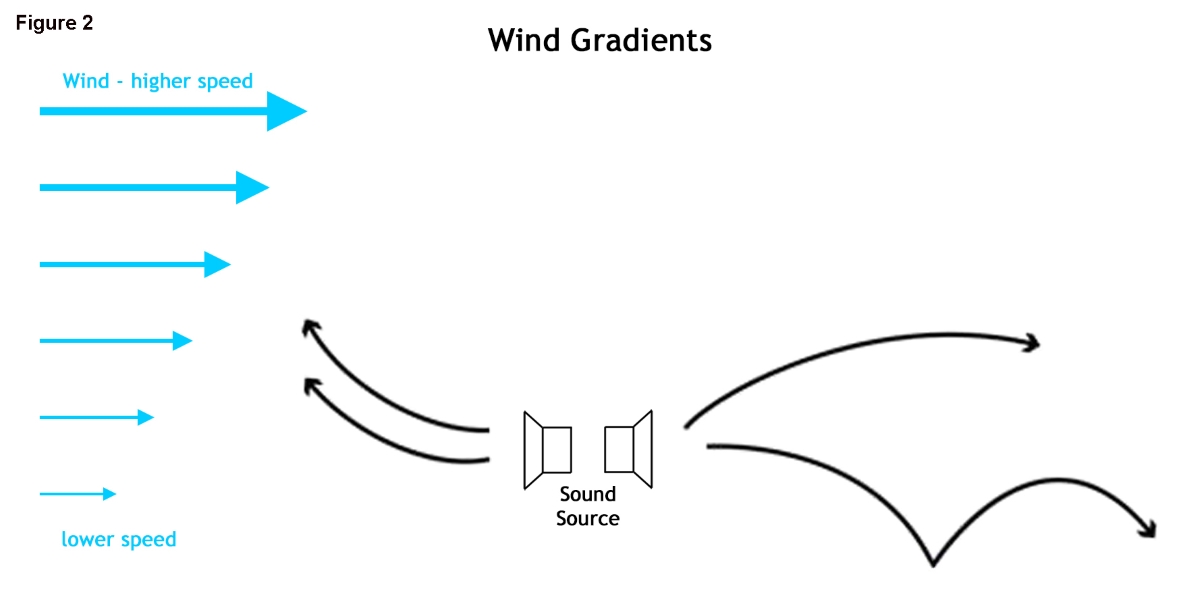
Key Issues
The three most common environmental factors that can impact sound propagation are wind, temperature and humidity.
Wind is the natural currents which move air molecules around so it’s bound to have an influence on sound. In a direct sense, wind can be a source of noise on exposed microphones simply by moving air molecules against the diaphragm in the same way that sound waves do.
Many microphones have built-in wind screens (i.e., within the capsule), but we typically augment them with external wind shields when using microphones outdoors. These take the form of foam sleeves which slip over the business end of the mic, the pores of which provide a longer path to the capsule, which helps reduce the energy of any unwanted noise.
This will, of course, also impact the wanted sound by reducing the overall level and rolling off the top end a bit but it’s usually a price we’re willing to pay. I always try to only use wind shields when absolutely necessary (i.e., when the stage area isn’t adequately shielded from the elements).
Wind shields should not be confused with pop shields, which are more commonly seen in the studio environment. Pop shields comprise a mesh of fabric stretched across a circular frame which is positioned between a vocalist and the microphone with the specific aim of reducing the “P” and “B” plosive sounds without affecting the overall level or frequency content of the sound.
Wind can also have an effect on sound once it issues forth from loudspeakers, the most common result being refraction. If sound encounters a crosswind it can be pushed sideways making it appear to come from a different location, whereas if sound travels into or against the wind, the resulting resistance or assistance can prevent the sound traveling far or carry it further.
However wind does not travel at the same speed at all altitudes; it typically travels slower closer to the ground where there are more obstacles and faster higher up, which creates wind gradients (Figure 2).
This causes sound traveling in the same direction as the wind to bend downwards while sound traveling into the wind will bend upwards, the result being an attenuation of the sound levels for anyone standing upwind while the levels downwind will be higher.
Thankfully, under normal still conditions these effects are minimal, as the average wind speeds will be relatively slow compared to the speed of sound; however, shifting wind can easily mess with the stereo image. Something that has a greater effect on outdoor sound is varying temperatures.

